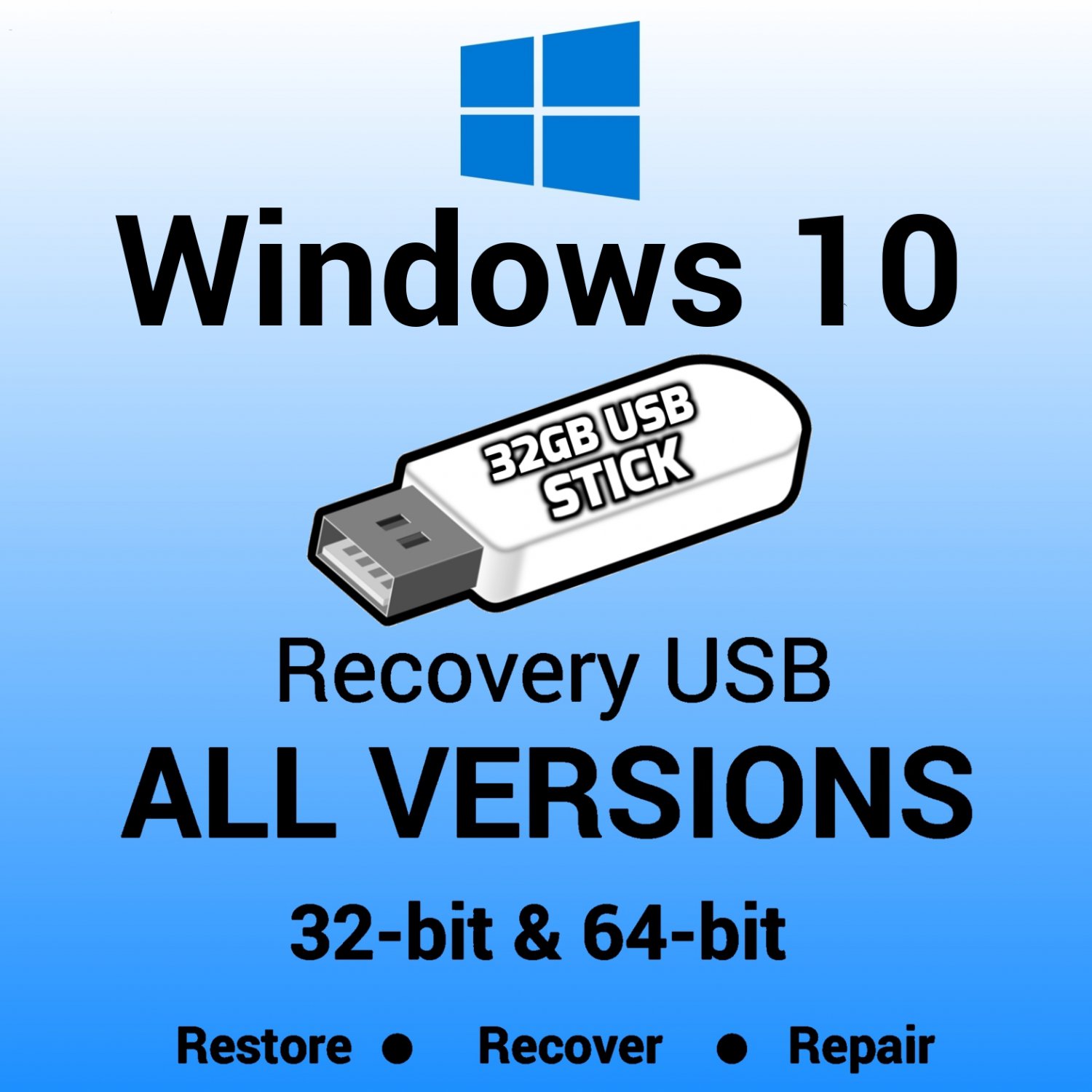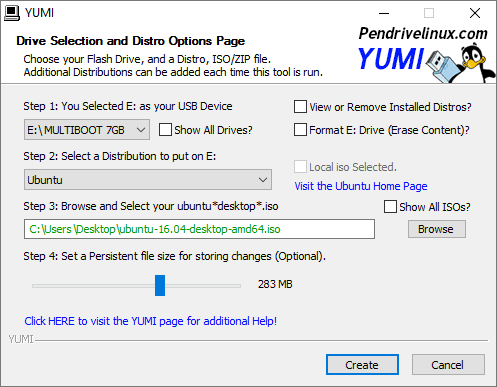

Click the Show advanced format options button.In the "File system" and "Cluster size" options do not change the default settings.Under the "Volume label" field, confirm a name for the bootable media - for example, "win11_usb.".Under the "Show Advanced drive properties" section, do not change the default settings (unless you know what you are doing).Use the "Target system" drop-down menu and select the UEFI (non CSM) option.


Source: Windows Central (Image credit: Source: Windows Central)


 0 kommentar(er)
0 kommentar(er)
